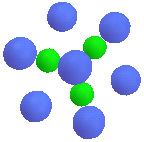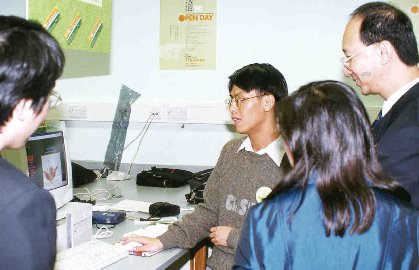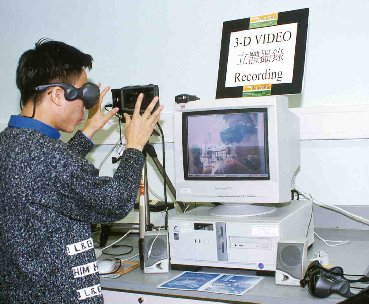 [Chinese version]
[Chinese version]3D Visualisation and Virtual Reality in Science Education
|
In recent years, VR has been rated as one of the most important technologies which are expected to re-shape our socio-cultural life in the near future because it has a wide diversity of impressive and practical applications such as 3D medical imaging, product and architectural design, visualization of complex scientific data, molecular/crystal modeling, games/entertainment, training and education. With the rapid advancement in 3D and computer technologies, VR has become much more user-friendly and affordable in prices and so it will likely be incorporated as a part of the IT environment in local schools within a few years. Why do we advocate the use of VR technologies in university science degree programs? Based on our professional experience in teaching various subject areas, we have uncovered and identified many topics containing at least one of the following special characteristics/ features which are well-known to cause obstacles/difficulties to learning in many students.:
Apart from helping students to remove their misconceptions, VR can more effectively stimulate the students' interest of learning science and provide the sort of interactivity to facilitate the students' deep level of learning as they can freely explore or observe in detail on what are in doubt. 3D and/or VR resources can help to develop the students’ scientific curiosity and scientific investigation skills for developing their deep level of science learning as they can freely explore or observe in detail on what they are in doubt. Scientific investigation has a fundamental importance in the recent science education reform in Hong Kong and in the advocacy of scientific literacy in many other countries. Furthermore, those resources can be used as concrete examples for HKIEd students to acquire first-person experience in virtual reality when they study the relevant topic in the Science, Technology and Society modules offered in various Bachelor of Education programs. The same resources could also be adapted to teach the new Science and Technology subject for the local Secondary 4 and 5 pupils in science or arts streams. |







